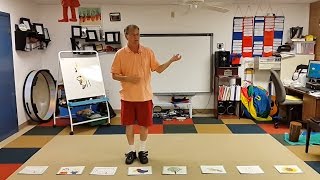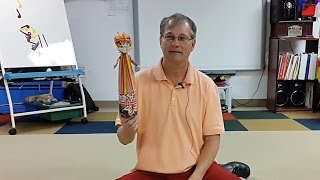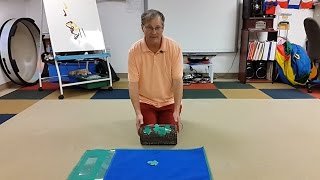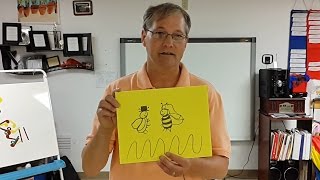Simple Poem for Introducing Percussion with Sticks
Steve Elmore | Wichita Collegiate School | Wichita, Kansas
This activity introduces students to the ideas of “timbre;” (sound qualities produced by different instruments), and volume. The teacher and students use sticks as percussion instruments, rubbing them together and hitting them against each other to make different sounds. The sounds are made as they recite the poem, “Two little sausages frying in a pan / One goes ‘pop,’ and the other goes ‘BAM!’;”
Read Transcript
Help teachers and children
worldwide by sharing how
you teach.
A global movement of people sharing knowledge and learning from each other, to better educate our children and create hope for the world.
A global movement of people sharing knowledge and learning from each other, to better educate our children and create hope for the world.






